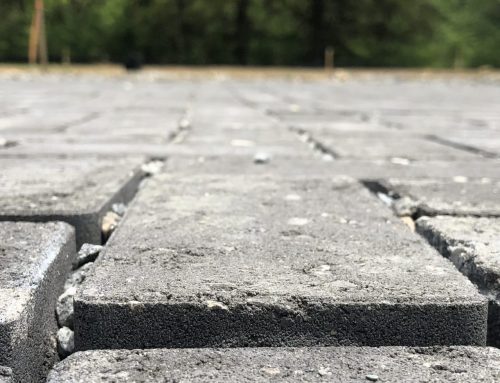While working on a recent study of Cost Effective Stormwater Management in the James River Watershed for the James River Association, I found myself thinking a lot about dog poop. Although the supporting research is admittedly limited, one of the findings of the study was that pet waste programs are by far the most cost-effective management practice for reducing nutrients in runoff. The cost to remove a pound of nitrogen was estimated at just $0.44, which is 700 times more cost-effective than a bioswale and 1,200 times more cost effective than a pond retrofit. The cost to remove a pound of phosphorus was estimated at $3.36, which is more than 680 times more cost effective than both bioswales and pond retrofits. These preliminary estimates show the enormous potential for pet waste programs to play a significant role in reducing the cost of local urban stormwater strategies.
Our analysis focused on the most common elements of a pet waste program: 1) adoption of an ordinance requiring dog owners to pick up their pet waste, 2) flyers or mailings to educate people about the pet waste law and how to properly dispose of pet waste, and 3) installing pet waste stations with bags and trash cans in public spaces where people are likely to walk their dogs. These are some of the most common techniques; however, there is little data to show how effective they actually are at reducing pet waste or improving water quality. This got me wondering what other options are out there. A quick scour of the internet found some very unique approaches from around the world. I will share with you just a few:
- A “shaming” campaign undertaken by a small suburb of Madrid, Spain where volunteers would hang out at the park and watch for dog owners who hadn’t picked up their dog’s poop. The volunteers would then approach them to pet the dog, and gather enough information for them to find the owner’s address using a registry at the town hall. They would then collect the dog poop and send it to the owner’s home with a “lost and found” label. The best part is the quote from Mayor Borja Gutiérrez, who says “It’s your dog poop. We are just returning it to you.”
- DNA testing to track down the owners of unclaimed turds is being used by an increasing number of apartment complex managers around the country. One condo complex in Braintree, MA requires all dog owners to submit a DNA sample so they can maintain a database against which to compare the DNA collected from dog waste found on the property.
- More of a carrot approach is this one used by several parks in Mexico City. The parks offer free Wi-Fi but with a catch. After pet owners pick up their dog’s poop, they can place the bag in a special box that calculates its weight in exchange for a few minutes of free Wi-Fi.
- A Cambridge, MA dog park has taken pet waste disposal one step further and is actually using the poop to power a light in the park. The “Park Spark” is located at the Pacific Street Park and is actually a methane digester connected to a nearby street lantern. People “feed” the digester with their dog’s poop and then turn a wheel to stir its insides, which produces methane, which is used to power the lamp. A nearby sign says “this lamp is powered by your dog.”
It’s great to see such innovative approaches to help solve a problem that isn’t going away any time soon. Dog poop is not only a water quality issue, but it may even be in the air we breathe.
Yikes.
- Do you think pet waste programs are a cost-effective way to reduce stormwater pollution?
- What other unique approaches have you seen for dealing with pet waste?
 Karen Cappiella, Director of Research at the Center for Watershed Protection, has over 13 years of experience providing technical assistance and guidance to communities on responsible land and water management techniques. She conducts applied research on topics related to watersheds and stormwater to better understand the influence of land use change on water resources and how best to prevent or mitigate these impacts. Karen is co-editor-in-chief of the Center’s peer-reviewed journal Watershed Science Bulletin and edits the Center’s e-newsletter Runoff Rundown. Her areas of interest include protecting forests and wetlands through watershed planning, use of GIS to analyze land cover impacts and costs and benefits of water quality management practices for MS4 and TMDL compliance. Karen is trained in various field methods and has extensive project management experience. She has a B.A. in Geography from Millersville University and an M.A. in Geography from East Carolina University.
Karen Cappiella, Director of Research at the Center for Watershed Protection, has over 13 years of experience providing technical assistance and guidance to communities on responsible land and water management techniques. She conducts applied research on topics related to watersheds and stormwater to better understand the influence of land use change on water resources and how best to prevent or mitigate these impacts. Karen is co-editor-in-chief of the Center’s peer-reviewed journal Watershed Science Bulletin and edits the Center’s e-newsletter Runoff Rundown. Her areas of interest include protecting forests and wetlands through watershed planning, use of GIS to analyze land cover impacts and costs and benefits of water quality management practices for MS4 and TMDL compliance. Karen is trained in various field methods and has extensive project management experience. She has a B.A. in Geography from Millersville University and an M.A. in Geography from East Carolina University.






